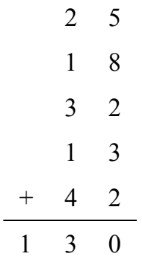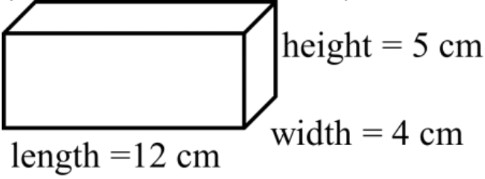Associative property
0/6
Intros
Lessons
- Showing that
- Why is it called the "associative" property?
- Addition shortcuts using the associative property
- Showing that (a × b) × c = a × (b × c)
- Multiplication shortcuts using the associative property
- The general formulas for the associative property
0/12
Examples
Lessons
- Associative Property Equations
Use the associative property (for addition and multiplication) to fill in the blanks. - Changing the grouping to add lists of numbers
Decide how to group the addends as a shortcut for addition. Double check your answer by adding without groups. - Changing the grouping to multiply lists of numbers
Decide how to group the factors as a shortcut for multiplication. Double check your answer by multiplying without groups. - Associative property of addition word problem
Ryan added these numbers together and his answer is correct. Show another way of adding numbers (with grouping) using the associative property!
- Associative property of multiplication word problem
Explain which choice is NOT an equal statement to: (6 × 8) × 5- 6 × 40
- 48 × 5
- 6 × (8 × 5)
- 14 × 5
- Associative property and volume
The formula for the volume of a rectangular prism is given by:Volume = length × width × height
Use the associative property of multiplication to show 2 ways to solve for this prism.

